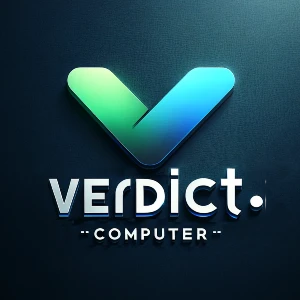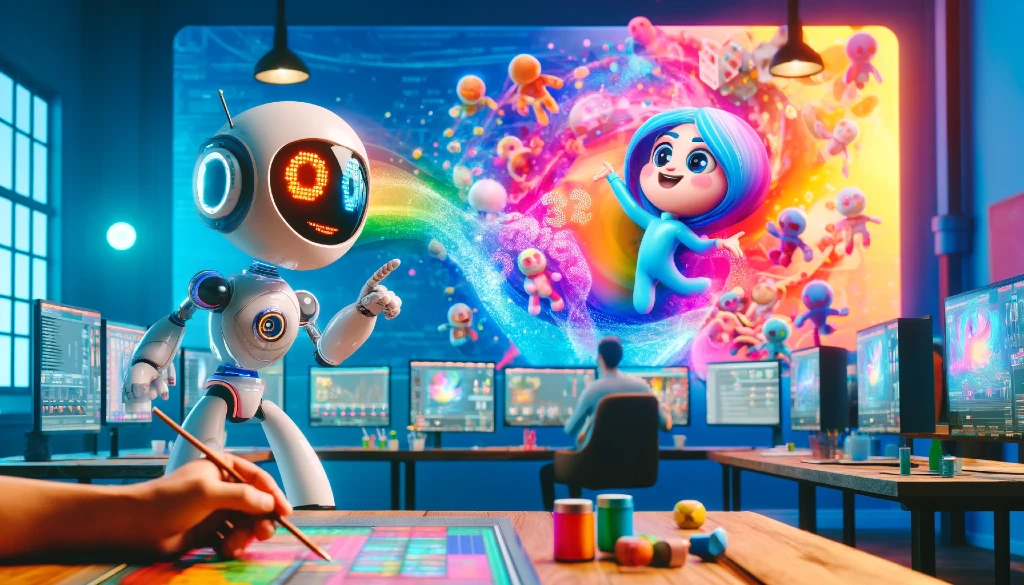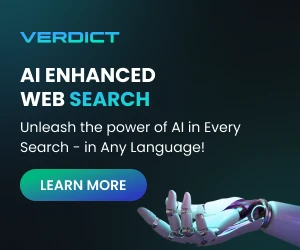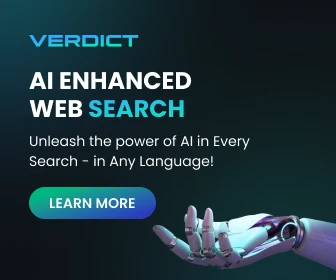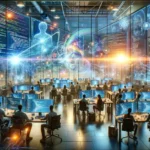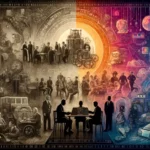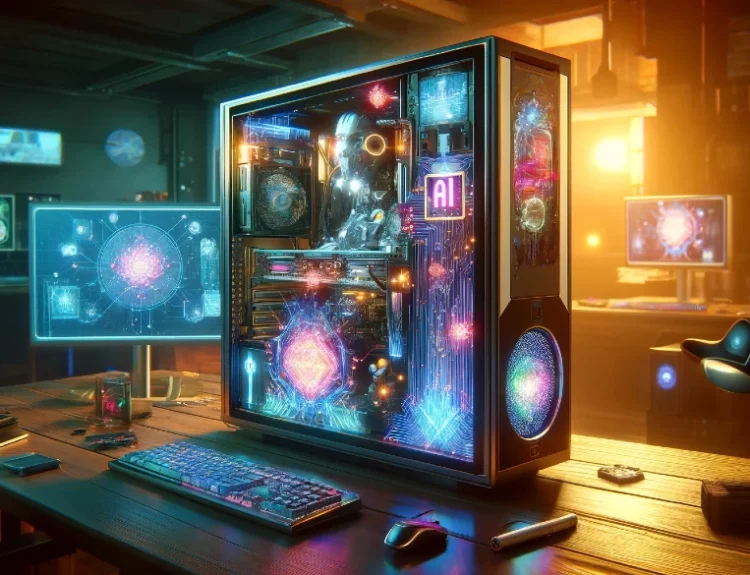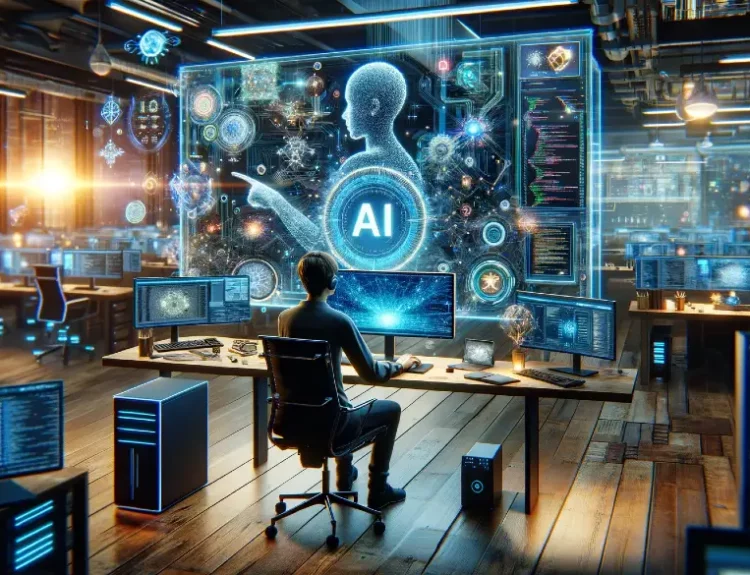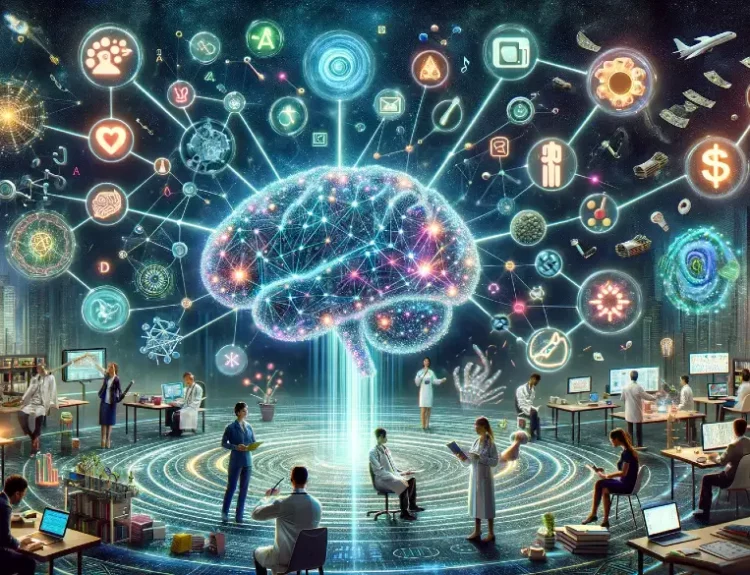Introduction
Imagine a world where animation breathes life not just through meticulously crafted frames, but through the very essence of intelligence. A world where characters move with an uncanny realism, their expressions mirroring the subtle nuances of human emotion. This isn’t the realm of science fiction; it’s the exciting frontier where Artificial Intelligence (AI) is rapidly transforming the art of computer animation.
For decades, animation has captivated audiences with its ability to transport us to fantastical worlds and tell stories that transcend the boundaries of reality. However, traditional animation techniques have often been labor-intensive and time-consuming. This is where AI steps in, wielding its potent magic to not only streamline animation processes but also unlock entirely new creative possibilities.
So, buckle up and prepare to be amazed as we delve into the fascinating fusion of AI and computer animation. We’ll explore how AI is revolutionizing the industry, from automating tedious tasks to creating characters with a life of their own. This is a journey where cutting-edge technology meets boundless creativity, promising to redefine the very nature of animation as we know it.
The Marriage of AI and Animation
The union of AI and animation is a match made in creativity, forging a powerful partnership that’s redefining the animation landscape. Traditionally, creating stunning animation involved countless hours of painstaking work, from character rigging to meticulous frame-by-frame animation. However, AI is acting as a game-changer, automating these processes and freeing up animators to focus on what they do best: breathe life and soul into their creations.
Let’s delve deeper into some key areas where AI is playing a significant role:
- AI-driven Animation Technology: Imagine being able to automatically rig a character, ensuring its movements are fluid and realistic. This is the magic of AI-driven animation technology. By analyzing vast datasets of human motion capture, AI can create complex rigs that replicate natural movements with incredible accuracy. Additionally, AI can automate tasks like lip-syncing, ensuring characters’ expressions perfectly match their spoken dialogue.
- Innovations in AI-powered Rendering: Rendering, the process of transforming animation data into the final visuals, has traditionally been a time-consuming bottleneck. Here again, AI swoops in with groundbreaking solutions. Techniques like real-time rendering, powered by AI, allow animators to see their creations come to life instantly, streamlining the revision process. Furthermore, AI can tackle the challenge of physically accurate simulations, generating realistic fire, water, and other complex effects that were previously difficult and expensive to achieve.
The Future of AI and Animation
The future of AI in animation is as vast and limitless as human imagination itself. As AI technology continues to evolve, we can expect to see even more revolutionary advancements that will redefine the way animation is created and experienced. Here’s a glimpse into some of the exciting possibilities that lie ahead:
- Fully Autonomous Animation Systems: Imagine a world where AI can not only assist animators but also create entire animations with minimal human intervention. While this might seem like science fiction today, the rapid progress in AI suggests it could become a reality in the not-so-distant future. AI systems could potentially learn from vast animation datasets, generate storylines, design characters, and animate scenes with a level of detail and quality that surpasses anything currently possible.
- Interactive and Adaptive Animation: AI’s ability to learn and adapt opens doors to a whole new realm of interactive and adaptive animation. Animations could respond to viewers’ emotions in real-time, tailoring the storyline or character behavior based on audience reactions. This could revolutionize the way we experience animation, transforming it from a passive activity into a truly interactive and immersive one.
- A Fusion of Creativity and Technology: The future of AI in animation is not about replacing human creativity; it’s about creating a powerful synergy between humans and machines. AI can handle the heavy lifting of repetitive tasks, freeing up animators to focus on the artistic elements: storytelling, character development, and emotional depth. This collaboration between human ingenuity and AI’s processing power paves the way for a new golden age of animation, one where artistic expression reaches unparalleled heights.
The possibilities are truly endless, and the future of AI in animation promises to be an exciting journey filled with groundbreaking innovations. As we move forward, it’s crucial to ensure this evolution happens responsibly, with a focus on creating AI that complements and enhances the artistic vision of human animators.
Challenges and Considerations
While the potential of AI in animation is undeniable, it’s important to acknowledge the challenges and considerations that come with this powerful technology. Here are some key areas to keep in mind:
- The Cost of Cutting-Edge Technology: Implementing AI solutions can be expensive, requiring significant investment in hardware, software, and training. This could potentially create a barrier to entry for smaller studios or independent animators.
- Ethical Considerations of AI-Generated Content: The ability to create hyper-realistic characters and scenarios through AI raises ethical questions. Concerns around deepfakes and the potential for AI-generated misinformation need to be addressed. It’s crucial to develop clear guidelines for responsible use of AI in animation.
- The Risk of Job Displacement: As AI automates certain animation tasks, there’s a potential fear of job displacement for animators. However, this is more likely to lead to a shift in skillsets. Animators will likely need to adapt and embrace AI as a powerful tool, focusing on creative aspects and collaborating with AI for a more efficient workflow.
These challenges shouldn’t overshadow the immense potential of AI in animation. By fostering open discussions, developing ethical frameworks, and investing in training and upskilling, we can navigate these issues and ensure AI becomes a force for good in the animation industry.
Conclusion
The fusion of AI and animation marks a pivotal moment in the evolution of this captivating art form. AI is not here to replace the magic of human creativity; it’s here to empower it. With AI streamlining workflows and pushing the boundaries of what’s possible, animators can focus on storytelling and breathe life into characters with an unprecedented level of detail and emotional depth.
As we move forward, it’s crucial to embrace this technology responsibly, ensuring AI complements and enhances the artistic vision of human animators. Together, we can create a future of animation that is not only visually stunning but also emotionally resonant, pushing the boundaries of storytelling and captivating audiences for generations to come.
Ready to delve deeper into the fascinating world of AI?
At Verdict, we believe in the transformative potential of AI. We’re building a platform where AI can learn and grow through real-world interactions with a diverse community. Every search, interaction, and shared result on Verdict contributes to building an AI that understands and reflects the richness of human experience.
Join us on this collective journey! Visit our website and become a part of the Verdict community. Share your thoughts, ideas, and code, and help us shape the future of AI in computer science.
Check out our blog page for more thought-provoking articles exploring the impact of AI on various fields, including:
- AI’s Impact on Computer Games: Discover how AI is transforming the gaming industry, creating more immersive and engaging experiences for players.
- Facial Recognition Revolution: AI’s Impact on Computer Faces: Explore how AI is revolutionizing facial recognition technology, with applications ranging from security to entertainment.
Stay tuned for even more exciting explorations of AI’s influence on technology, art, and society!
